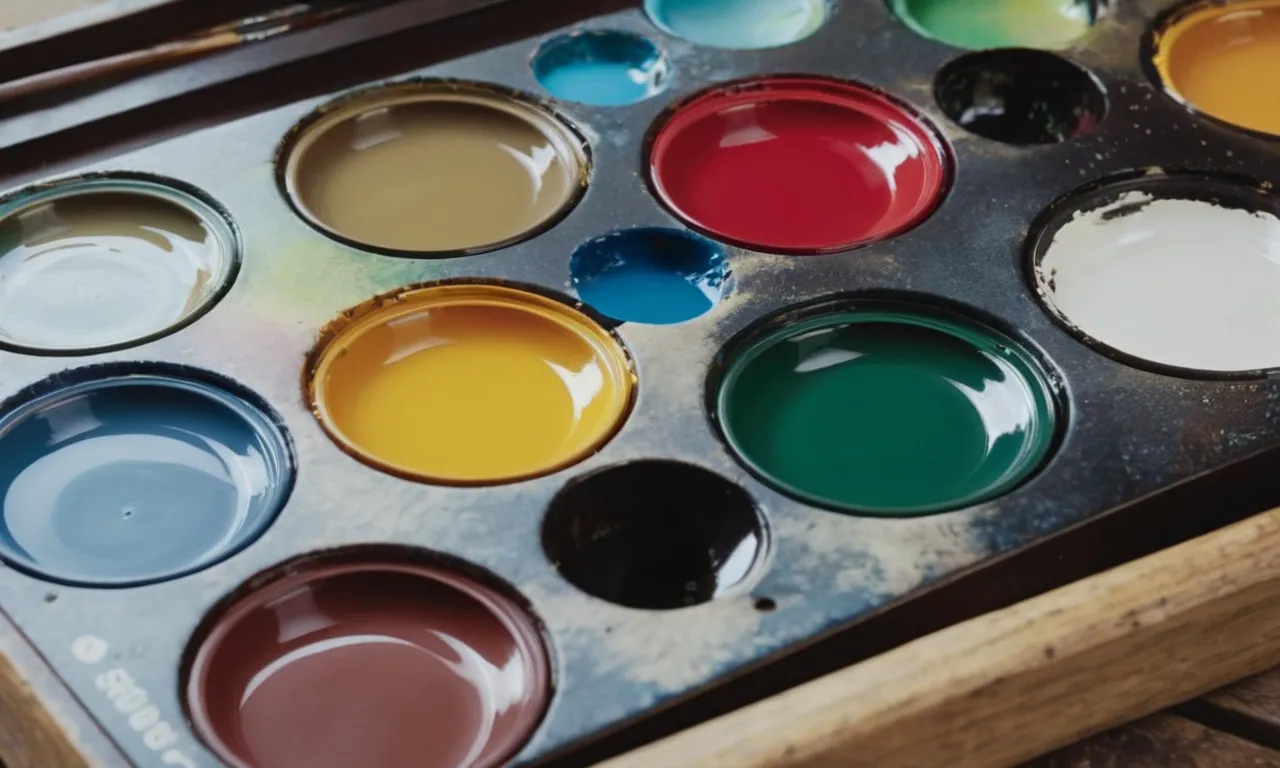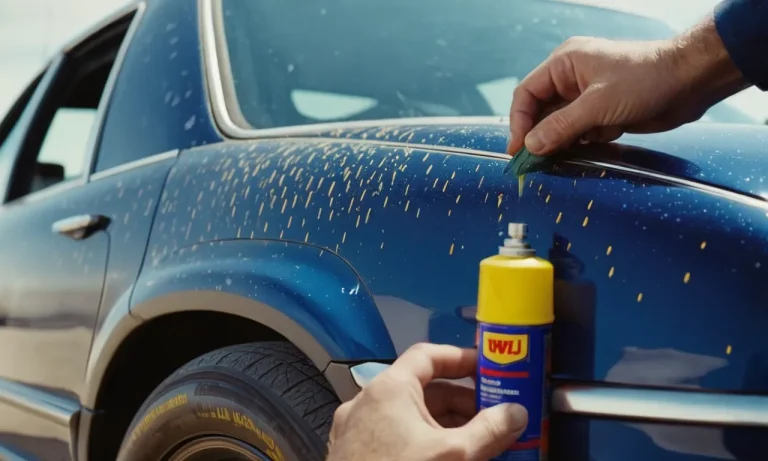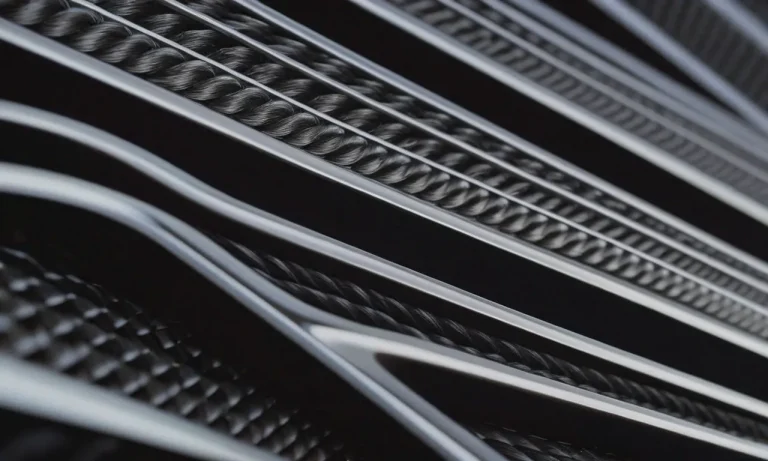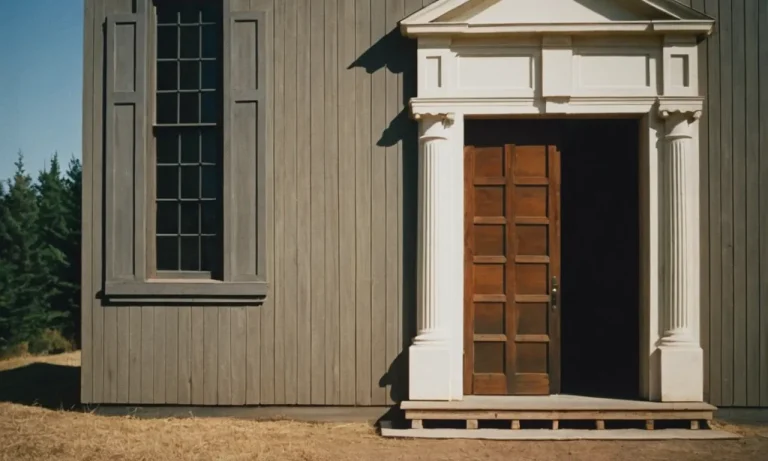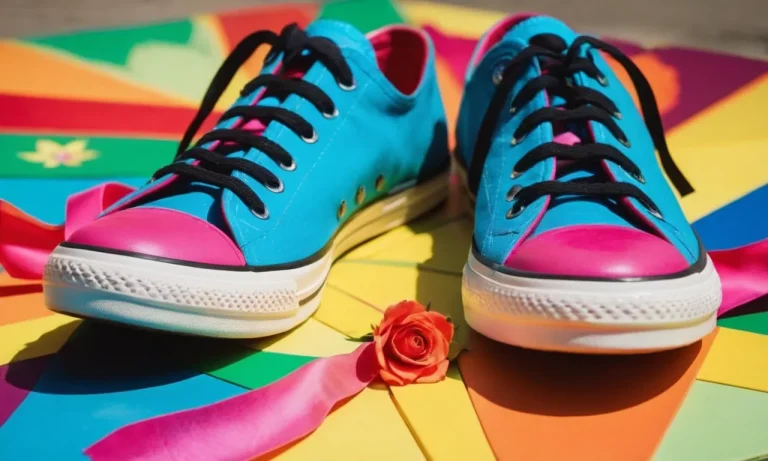What Type Of Paint Did Bob Ross Use?
Bob Ross and his popular TV show ‘The Joy of Painting’ inspired millions of amateur artists to pick up a paintbrush. His wet-on-wet oil painting technique produced stunning landscapes in mere minutes. But what type of paint did Ross actually use in his famous paintings?
If you’re short on time, here’s a quick answer to your question: Bob Ross primarily used oil paints, specifically a ‘wet technique’ with thin layers of oil paint mixed with painting medium and applied onto thick, absorbent canvases.
In this comprehensive guide, we will cover everything you need to know about Bob Ross’ painting materials and techniques, from the types of paints he used to the canvases, brushes and other tools that brought his iconic ‘happy little trees’ to life.
The Paints Bob Ross Used
Bob Ross, the legendary painter and host of “The Joy of Painting,” had a distinct style that captivated audiences around the world. One of the secrets to his iconic landscapes was the type of paints he used. Let’s explore the paints that Bob Ross relied on to create his masterpieces.
Oil Paints
Bob Ross primarily used oil paints in his artwork. Oil paints are known for their vibrant colors, slow drying time, and the ability to blend smoothly. These qualities allowed Bob Ross to create the stunning landscapes that he is famous for.
Oil paints are made from pigments mixed with a drying oil, typically linseed oil. This combination gives the paint a buttery consistency and allows for easy manipulation on the canvas.
Liquid White
One of the key elements of Bob Ross’s technique was his use of “Liquid White.” Liquid White is a wet-on-wet underpainting technique that Bob Ross popularized. It is applied to the canvas before any other colors and acts as a base layer.
This technique helps the subsequent colors blend more easily and creates the illusion of depth in the painting.
Liquid Clear
In addition to Liquid White, Bob Ross also used “Liquid Clear” in his paintings. Liquid Clear is similar to Liquid White but has a more transparent nature. It is used to create highlights and give a luminous effect to the finished painting.
Adding Liquid Clear to certain areas of the canvas can make the colors appear brighter and more vibrant.
Color Palette
Bob Ross had a unique color palette that he used in his paintings. His palette typically included colors such as Titanium White, Cadmium Yellow, Yellow Ochre, Alizarin Crimson, Sap Green, Phthalo Blue, Van Dyke Brown, and Midnight Black.
These colors allowed him to create a wide range of landscapes, from serene mountains to peaceful lakes.
It’s important to note that while Bob Ross had his preferred brand of paints, he often mentioned that artists can use any brand they feel comfortable with. The most important aspect was understanding the techniques and the principles behind them.
For more information on Bob Ross’s painting techniques and the materials he used, you can visit his official website at www.bobross.com.
Bob Ross’ Painting Techniques
Wet-on-Wet Oil Technique
One of the key techniques that Bob Ross popularized was the wet-on-wet oil painting technique. This technique involves applying wet paint onto a wet surface, allowing the colors to blend together seamlessly. It creates soft, smooth transitions and gives the paintings a unique and vibrant look.
Bob Ross often used this technique to create his signature landscapes filled with happy little trees and fluffy clouds.
To achieve the wet-on-wet effect, Bob Ross would start by applying a thin layer of oil paint to the canvas. He would then use a large brush or a palette knife to blend the colors together, creating a base layer for his painting.
This technique allowed him to work quickly and efficiently, as the wet paint stayed workable for a longer period of time.
Painting Mediums
In addition to the wet-on-wet technique, Bob Ross also utilized various painting mediums to enhance his artworks. A painting medium is a substance that is mixed with the oil paint to alter its consistency, drying time, or texture.
Bob Ross often used a combination of linseed oil and odorless paint thinner as his painting medium.
The linseed oil added a glossy finish to the paint and improved its flow, making it easier to work with. On the other hand, the odorless paint thinner helped to thin the paint and clean the brushes without emitting strong fumes.
These mediums allowed Bob Ross to achieve the desired effects in his paintings and make the process more enjoyable and accessible for artists of all skill levels.
Brushes and Knives
Another important aspect of Bob Ross’ painting techniques was his choice of brushes and knives. He favored the use of natural bristle brushes, particularly the large, flat brushes. These brushes allowed him to cover larger areas quickly and evenly, making it easier to apply the base layers of his landscapes.
In addition to brushes, Bob Ross also used palette knives to create texture and detail in his paintings. He would use the knives to scrape and blend the paint, giving it a three-dimensional appearance. This technique added depth and dimension to his landscapes, making them come alive on the canvas.
Bob Ross’ Canvas and Surfaces
When it comes to creating his beautiful landscapes, Bob Ross was very particular about the canvas and surfaces he used. He believed that the right foundation was key to achieving the desired results in his paintings.
Let’s take a closer look at the different types of canvas and surfaces that Bob Ross used in his artwork.
Canvas Boards
One of the surfaces that Bob Ross frequently used was canvas boards. Canvas boards are made by stretching canvas over a rigid board, providing a sturdy surface for painting. Bob Ross liked using canvas boards because they were lightweight, easy to handle, and offered a smooth texture.
They were also less prone to warping compared to traditional stretched canvases. Canvas boards are great for beginners or artists who prefer a more rigid surface for their paintings.
Pre-primed Canvas
Bob Ross often painted on pre-primed canvas to save time and effort. Pre-primed canvas comes with a layer of gesso, a type of primer, already applied. This helps create a smooth and even surface for the paint to adhere to.
By using pre-primed canvas, Bob Ross could start painting right away without having to spend time applying primer himself. This allowed him to focus on capturing the beauty of nature in his artwork.
Underpainting
Another technique that Bob Ross popularized was the use of underpainting. Underpainting involves applying a thin layer of paint to the canvas before starting the actual painting. This layer of paint serves as a base for the subsequent layers and helps establish the overall tone and values of the artwork.
Bob Ross often used a thin layer of liquid white paint for his underpainting, which created a luminous effect in his landscapes.
Bob Ross’ choice of canvas and surfaces played a crucial role in the success of his paintings. Whether it was canvas boards for their convenience and stability, pre-primed canvas for time-saving, or underpainting for establishing a strong foundation, each choice contributed to the unique style and quality of his artwork.
For more information on Bob Ross’ painting techniques and materials, you can visit the official Bob Ross website https://www.bobross.com/.
Other Bob Ross Painting Supplies
Easels
Aside from his famous wet-on-wet painting technique, Bob Ross also used a variety of painting supplies to create his stunning landscapes. One essential item in his arsenal was a sturdy easel. A good easel provides stability and allows the artist to easily adjust the height and angle of the canvas.
Bob Ross often used a wooden tripod easel, which provided him with the flexibility he needed to create his masterpieces. These easels can be found at art supply stores or online retailers.
Paint Thinners and Solvents
In order to achieve the smooth and blendable consistency of his paints, Bob Ross relied on paint thinners and solvents. These substances help to dilute the paint and make it easier to work with. Bob Ross typically used odorless paint thinners, which not only eliminate strong smells but also prevent the paint from drying too quickly.
One popular brand of odorless paint thinner is Winsor & Newton’s Sansodor. It’s important to note that proper ventilation is still necessary when using paint thinners and solvents to ensure a safe painting environment.
Miscellaneous Tools
In addition to easels and paint thinners, Bob Ross utilized a range of miscellaneous tools to achieve specific effects in his paintings. Some of these tools include palette knives, fan brushes, and liner brushes.
Palette knives were particularly important for Bob Ross, as they allowed him to create the signature texture and depth in his landscapes. Fan brushes were used to create delicate foliage and clouds, while liner brushes were perfect for adding fine details like trees and branches.
These tools can be found at art supply stores and are essential for artists looking to recreate Bob Ross’s iconic style.
Conclusion
Bob Ross’ wet-on-wet oil painting technique allowed him to work quickly and complete a landscape in each half-hour PBS television episode. While the types of paints and tools he used were fairly simple, it took tremendous skill and practice to be able to blend those ‘happy little clouds’ so effortlessly.
Ross generously shared his techniques through his television show and instructional books so everyone could experience the joy of painting. While it takes time and practice to master painting like Bob Ross, having the right oil paints, brushes, canvas and other supplies is an important first step.

